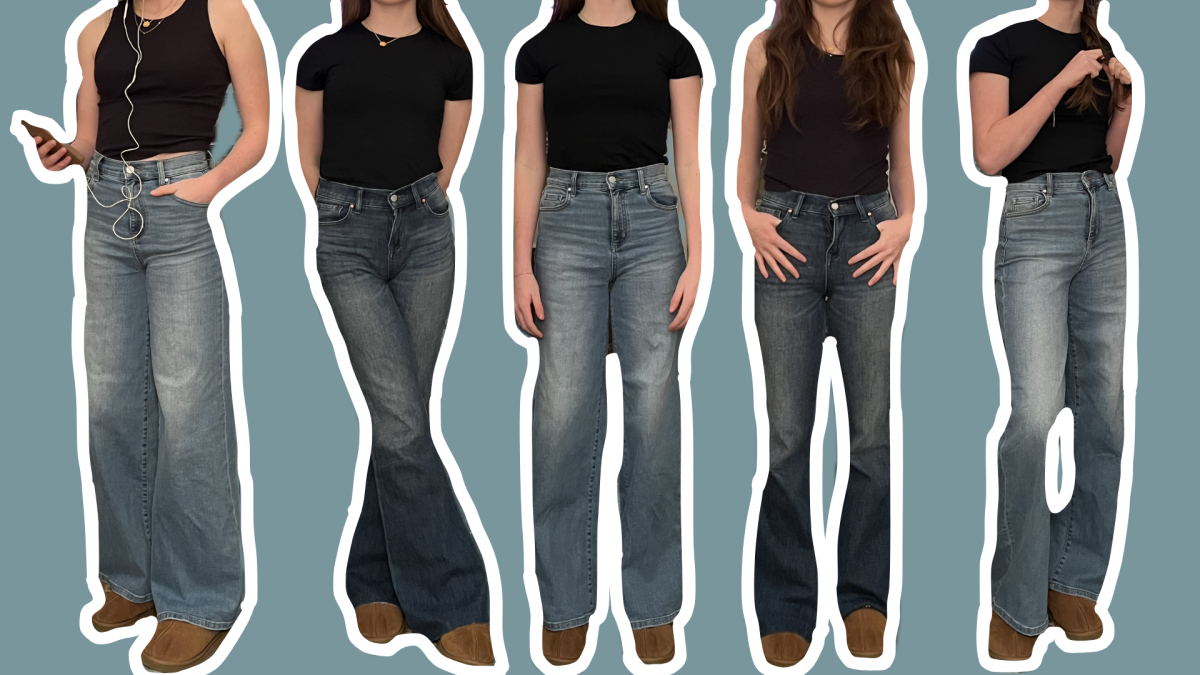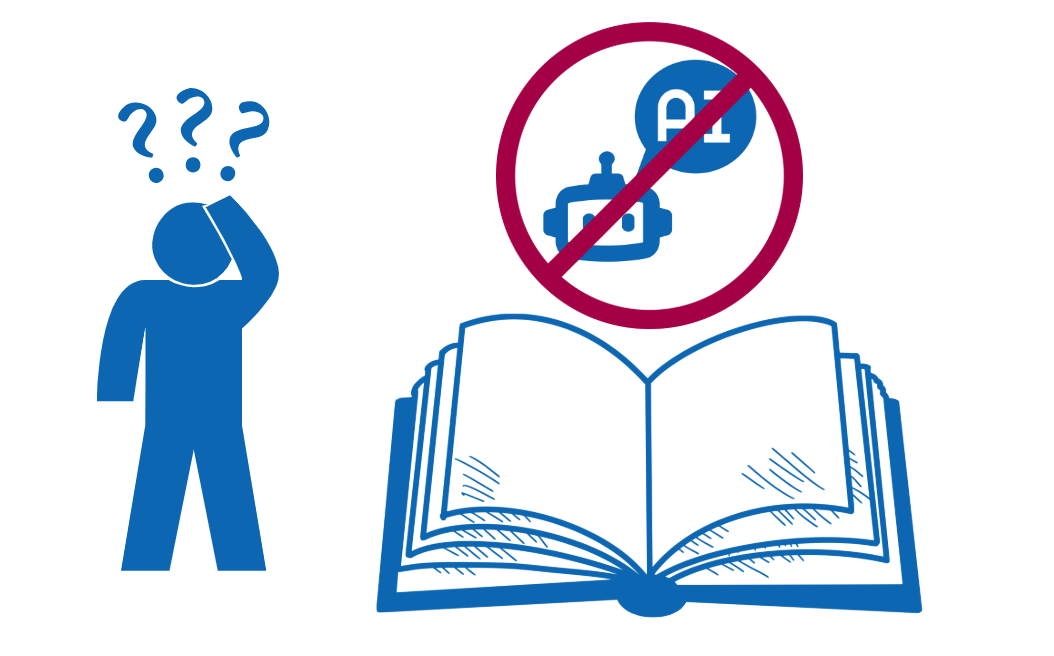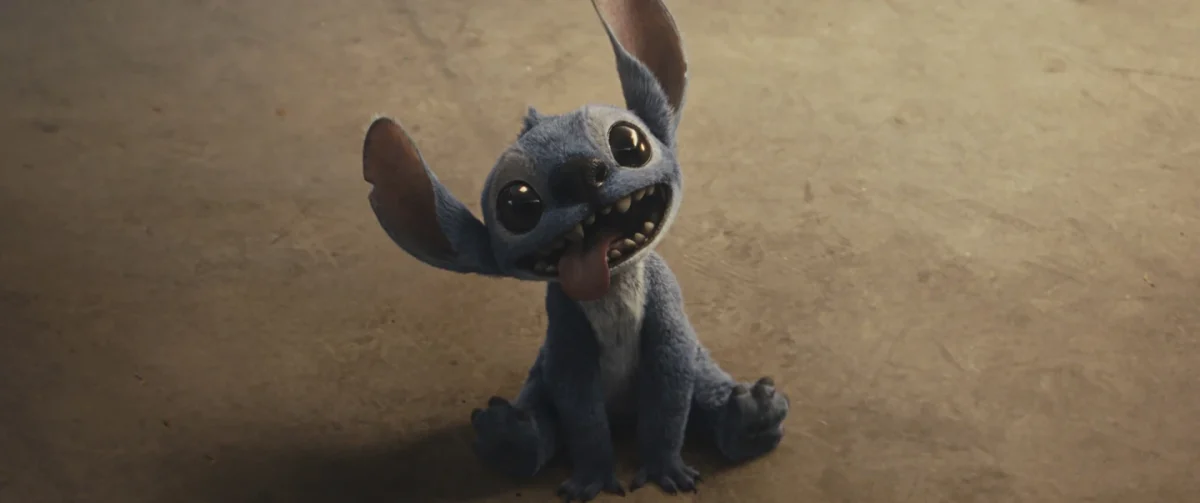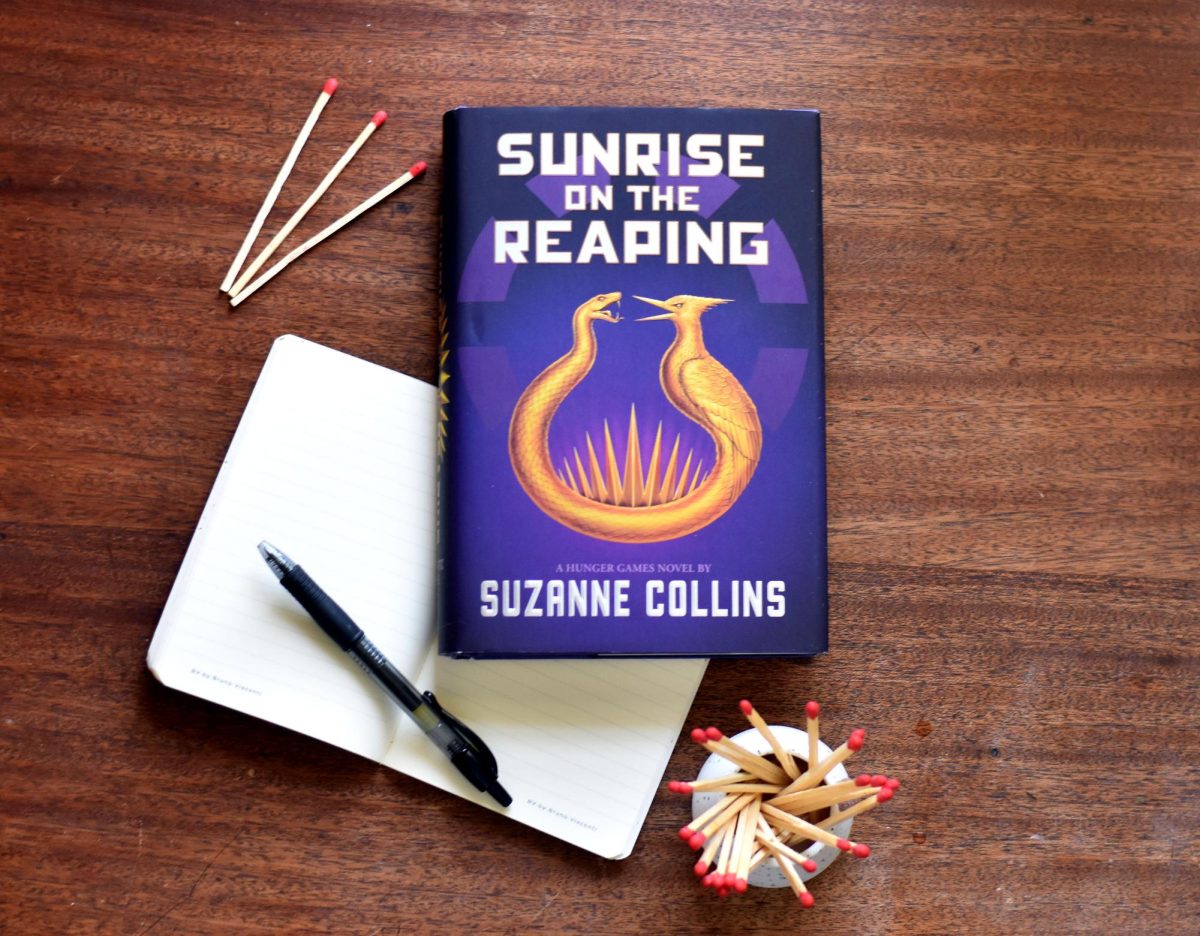What sunglasses are we wearing this year? Girls, what backpacks are we buying? What’s the new trendy water bottle? What nail color are we all getting? All questions I see time and time again on TikTok and other social media.
These questions have become the downfall of individuality in today’s young generation. This is not a criticism of a “basic” style. I am a girl who loves pink, Converse, Uggs, messy buns and acrylic nails. But I also love to wear grandpa sweaters, bandanas, zigzag wire headbands and self-made crochet pieces. I’m not by any means saying my style is revolutionary and the most unique thing ever. That’s not the point. The point is that I wear things that I feel represent me and make me happy, separate from pressure from social media.
If wearing what is considered “basic” is most genuine to you, by all means, go for it. What isn’t genuine is overanalyzing everything pertaining to your personal style based on what you see on social media. I see a constant stream of videos, particularly at the start of a new school year, asking about what “everyone” is wearing related to a specific item. Getting inspiration from social media to develop your personal style is one thing. But if you’re copying the crowd with everything down to the color of your nails, that’s not being genuine to yourself.
It saddens me to see a deep-rooted fear of being judged for your clothing or “disliked” if you’re not wearing the most current and on-trend clothing. Wearing clothes to fit in defeats the purpose of what clothing should be. Clothing is a way to visually represent your personality and showcase your personal style. The people I recognize as most stylish are the people who are taking risks with what they’re wearing and not wearing exactly what combination of microtrends is at the top of the social media style pyramid.
Speaking of microtrends, let’s talk about how they are also dangerous to not only our individuality but the environment. I am certainly not immune to falling into the trap of microtrends. A few years ago, I used to buy what turned out to be very short-lived “trendy” clothing that ended up in the back of my closet, unworn and soon to be donated.
Some current microtrends that come to mind are leopard print, all-denim outfits and everything burgundy. We can clearly see by only looking back a couple of months, how quickly we recycle these microtrends and how quickly they are seen as out of style. For example, bows took the world by storm with everything from hair bows to bows on shoes to bows sewn into clothing. How often do you see bows now? A lot less.
Now, I’m not saying you can’t continue to enjoy participating in a microtrend after its “time” has passed. But it’s a natural human tendency to get exhausted from wearing and seeing something so prominently and excessively that you grow a distaste or resentment for it. These resented clothing pieces and accessories end up on the floor of your closet, in the back of your dresser under your bed. And eventually, they end up in huge piles of polyester in landfills.
The sources of microtrends are often fast fashion brands such as SHEIN, Fashion Nova and Temu. You’ll notice, scrolling through these websites that they somehow manage to possess the absolute most extremely current clothing and accessories. Fast fashion is trendy clothing produced at extremely quick rates at extremely low prices. Due to the intensely quick production, lots of unsold clothing ends up lying around in landfills. In order to sell the clothing at such low prices, they are produced in cheap materials that aren’t biodegradable and often shed off microfibers.
Additionally, the fast fashion industry is a horrible environment for the workers, most of which are women and many of which are children. Workers traditionally have low wages, experience workplace harassment and operate in dangerous environments.
So, what can you do to combat the dangers of fast fashion? Firstly, stop over consuming microtrends. Or, if you like the trend enough, wait until they are available at more sustainable companies — it may take a little longer and may only happen once the microtrend is over. But that kind of proves my point, right?
Choose to shop at sustainable brands and prioritize quality over quantities at low prices. I understand that shopping at sustainable stores can be expensive. A good alternative is second-hand clothing. Go to your local thrift store or even shop at online second-hand retailers such as ThredUp, Poshmark and Depop. Personally, I use Depop and love it. I’ve been able to get some awesome bargains on second-hand pieces, while being environmentally conscious.
Shopping second-hand is a great way to ensure you’re getting timeless pieces that you actually like and will wear for a long time. The more I shop second-hand and stray away from microtrends, the more I’ve noticed my clothes have remained liked and “wearable” by me. I’ve noticed much less turnover of clothing into the donation pile when I started getting things that I truly like and will wear with longevity.
So no, you don’t need to ask TikTok what winter coats we’re wearing this year.








